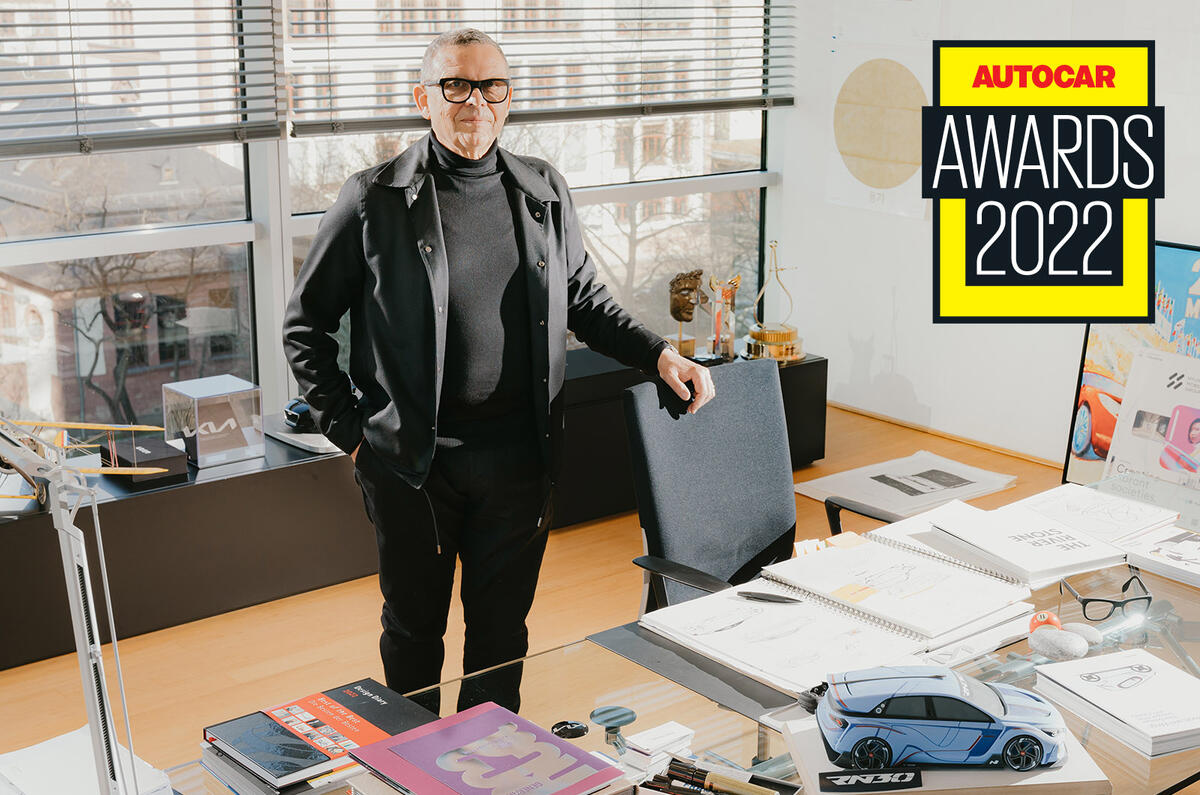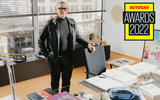In an admiring and intimate book called Roots and Wings, published last year to honour the work and life of distinguished German designer Peter Schreyer, two succinct sentences in the foreword shine out.
They’re written by Euisun Chung, executive chairman of the Hyundai Motor Group, about his “dear colleague and friend” Schreyer, who he had met 15 years earlier.
“Peter showed everything a designer can do in our journey together,” writes Chung. “His arrival marked the beginning of the Hyundai Motor Group’s change.”
Words as generous as these are rare from a car magnate to an employee, but they reveal succinctly why Schreyer is the perfect choice for this year’s Autocar Lifetime Achievement Award.
Few people have the determination and ability to change the course of a massive car conglomerate for the better – especially when accepting that the task entails ditching a thriving career at the age of 53 to embrace a completely different corporate culture on another side of the world.
But Schreyer did just this in 2006 when he accepted the position as the chief design officer at Kia and started work on the exciting challenge Chung had laid down the previous year: to change Kia’s car line-up from decent but styleless models into modern, attractive, well-designed machines capable of challenging the best in their classes. And taking the brand upmarket.
To say Schreyer has succeeded in his mission is quite an understatement: Kia’s global sales rocketed from 1.6 million to three million between 2009 and 2016, and much of that upward thrust was attributed to the rapidly elevated design appeal of Schreyer-era models. Even the designer himself, mild-mannered and modest to a fault, admits that the way customers responded to the new models was amazing.
“Those cars weren’t fancy,” he says. “They were just good.”
Schreyer remembers exactly where he was – in Austria on the road to Switzerland to give a presentation – when his car phone rang and a German-speaking Kia colleague asked, entirely out of the blue, if he fancied ‘a conversation’. The subject matter wasn’t specific, but it was clear the approach was serious.
At the time, Schreyer was head of the Volkswagen Group’s Potsdam studio, from which vantage point he could see all of the group’s near- and farterm products. Before that, he had taken charge of a series of big design assignments, the Volkswagen Golf Mk4 and new Volkswagen Beetle, plus the Audi A3, Audi A2 and Audi TT, among them.

























Add your comment